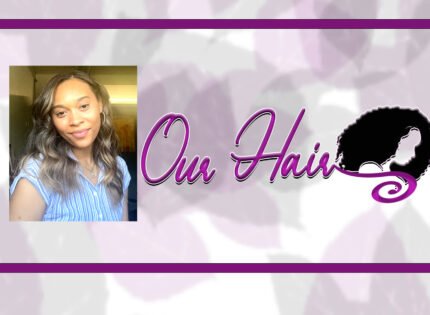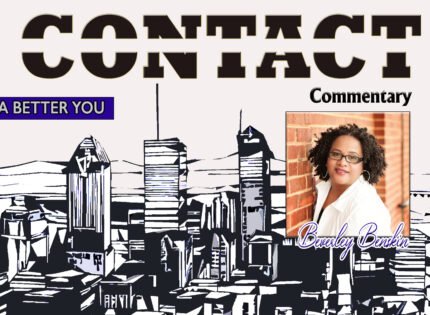 As I attended and participated in some of the recently concluded Black History Month celebrations, I was forced to examine certain facets of our communal and cultural existence, given the current political state of affairs.
As I attended and participated in some of the recently concluded Black History Month celebrations, I was forced to examine certain facets of our communal and cultural existence, given the current political state of affairs.
A common hallmark of our time is the extent to which everyone has become obsessively preoccupied with diversity and inclusion. It is impossible to read any newspaper article or listen to politicians speak without hearing those words coming from their lips, especially when alluding to race. At times they even go to great lengths to portray themselves as steadfast proponents. However, for some strange reason, the two words have not been well-seated mentally in my cranium. Ergo, I thought it best to first look up the definition of diversity and inclusion before setting my mouse in motion.
The Oxford Dictionary defines diversity as “the practice or quality of including or involving people from a range of different social and ethnic backgrounds and of different genders, sexual orientations, etc.” The standard definition given for inclusion is involvement and empowerment where the inherent worth and dignity of all people are recognized.
They are two totally different concepts, and diversity cannot exist without inclusion. Therefore it stands to reason that the key to diversity is putting inclusion first. Putting diversity first is, and has been, thus far totally misleading.
The key to understanding the difference is knowing that diversity is a quantitative measurement while inclusion is a qualitative measure. It’s fairly easy to have employees self-identify through demographic surveys, but measuring inclusion is a lot more difficult. It requires the person attempting to measure inclusion to have empathy and understand that every person’s feelings should be validated regardless of whether you agree with them.
Merely hiring people of different cultures, backgrounds and perspectives does not make an organization inclusive by default. Nor can we operate under the assumption that if one brings a diverse group of people together and sets the ground rules for a tolerant culture, inclusivity will follow.
The shift to outsourcing of work has unlocked a more diverse pool of talent. Staff are hired from around the world, and from all walks of life. If those individuals feel like outsiders, like they do not belong, or like they are unwelcome or disconnected, neither they nor the organization will benefit from the diversity. If the workplace is not inclusive, diversity and belonging will not thrive. This is why inclusion should come first. Genuinely inclusive workplaces are not easily accomplished. An organization may be diverse, but in no way does that mean it is inclusive — in the same manner that it could be inclusive but not diverse.
Let us pause for a moment and think about the issues that would arise from having a diverse workforce without an inclusive culture: people would not feel that their ideas and opinions, or even their presence in the workplace, are valued — the perfect recipe for a disengaged workforce. This is exactly what is taking place in most workplace environments.
On the other hand, an “inclusion-first approach” creates a culture where everyone feels valued, appreciated for their differences, and ultimately… engaged!
Inclusion is the starting point and determinant of success in creating a diverse workforce. If inclusion is followed by equitable treatment, then diversity (and diverse representation) naturally follows. Diverse employees in non-inclusive spaces are not listened to, not promoted, and never get into the leadership positions where they can actively shape a company’s culture. There are no role models and no opportunities for networking and mentoring. Begin with inclusion, implement equitable practices and diversity will increase through the enacted and espoused values.
In fact, organizations and employees can only realize the well-publicized business benefits of a diverse organization if inclusiveness is established first. If the people you bring to the table (or the Zoom, as the case may be) don’t feel comfortable sharing their perspectives or don’t trust their coworkers enough to be their authentic selves, your D (doomed) & I (ineffective) initiative will fail.
I know that moving away from a widely recognized and widely used acronym like DEI would be quite a challenge, but a shift in the mindset that puts us on the correct path — Inclusion Diversity Equity — is a must.
Diversity and Inclusion
















